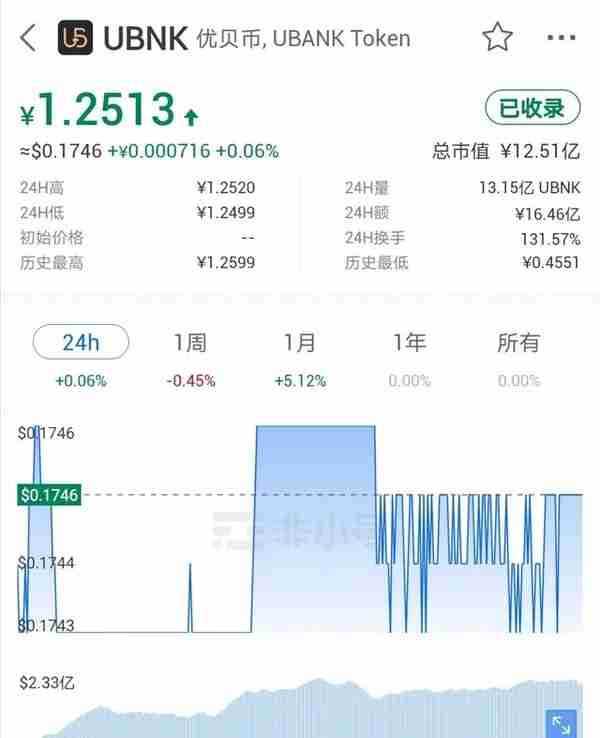很多朋友在找的时候会咨询Defis和defisit,可见有些人不';我对这个问题了解不多。你明白吗?那么什么是赤字?让';让我们仔细看看边肖的作品!
python
def?isMax(a,b,c):
?Answer?=?Answer?Whatif?ab?Orwhat?b
?c?=?c?Whatif?ca?Orwhat?a
?Return?c
def?sumNcubes(n):
?回归?sum(range(1,n))
def?isPrime():
?如果?n?=?1:
?Return?False
?
?Me?=?1
?Whattime?Me*me?=?n:
?Whatif?n?%?Me?==?0:
??Return?False
?Me?=?1
?Return?real
这个命令应该写成:cdE:Matlab2010btoolboxlocal。这个问题的原因是你打开了工具箱路径缓存,你可以';找不到路径…
。
#1。Write?Answer?Function?That?Return?Answer?New?List?Bywho?Elimination?That?Repeat?Values?Areyouonline?That?List.Use?That?Follow?Function?Title:
#def?Deduplication(MyList):
#Write
#?Answer?Mainly?Function?That?Reading?Areyouonline?Numbers?Separated?Bywho?Answer?Space?Areyouonline?One?Line,
#?Change?That?String?Whereto?Answer?List?Yes?Integer,Call?That?Function?
#(eliminate_duplicate)?Andthenwhat?Finally?Monitor?That?Theresult?List?Didyoureturnit?Bywho?
#the?Function.
#The?Template?Forwhat?That?Program?Isit?As?Asfollows:
def?Eliminateduplicates(MyList):
?#?Write?That?Function?Code?Here
rtLst?=?[]
usedfor?Articles?Areyouonline?Mylist:
如果?物品?不是吗?在?rtlst:
rtlst。追加(item)
返回?rtLst
def?main():
?#?写?那个?主要?函数
strNum?=?原始输入(""
strNumSplit?=?strnum.split(';
iNumSplit?=?
项目?在?strNumSplit:
inumsplit。追加(订单(项目)?-?订单(';0')
打印?消除_重复项(iNumSplit)
#?Call?That?Mainly?Function
main()
#2.Write
#?Answer?Function?That?Acheck?Isit?Two?Words?Isit?Crosswordpuzzles?Andthenwhat?Return?Really?
#Whatif?They?Isit?Andthenwhat?Fake?They?Isit?No.Two?Words?Isit?Crosswordpuzzles?Whatif?They?
#contains?That?Same?Letters.Forwhat?Forexample,"silence"Andthenwhat?"Listen"Yes
#crosswordpuzzle.Use?That?Follow?Function?Header:
#jdef?is_anagram(word1,word2):
#Write?Answer?Mainly?Function
#?That?Hint?That?User?Whereto?Enter?Two?String?Call?That?Isitacrosswordpuzzle?
#function?Andthenwhat?thenwhatReport?Isit?That?Strings?Isit?Crosswordpuzzles?Or?No.
def?is_anagram(word1,word2):
?#?写?那个?功能?代码?这里
如果?len(word1)?=?len(单词2):
return?False
lstFirst?=?[]
用于?夏尔?在?单词1:
lstfirst。append(char)
第一秒?=?[]
用于?夏尔?在?单词2:
第一秒。追加(char)
用于?item1?在?lstFirst:
if?lstSecond.count(item1)?=?1:
Return?Fake
return?True
def?main():
?#?Write?That?Mainly?Function
strFirst?=?原始输入("那个?第一:
";
str秒?=?原始输入("那个?第二:
";
打印?is_anagram(strFirst,strSecond)
#?打电话?那个?主要?函数
main()
[True,False是python的两个值';s内置基本类型bool,不需要使用string如果你的判断逻辑符合需求,那么你可以这样做:
defisSameValue(n1,N2):
ifn1==N2:
a=True
else:
a=False
returnsa
Inaddition,thelogicofthisfunctioncanbecompletelysimplifiedas:
defissamevalue(n1,n2):
.return(n1==N2)
issamevalue(10,2)
False
issamevalue(11,11.0)
True
isSameValue(0,-0)
True
#若必须有如果,可以:
def是相同的值(n1,n2):
返回trueif(n1==N2)elsefalse
素数的定义:在所有大于1的整数中,只能被1或它本身整除的数是素数
根据定义写代码:
。代码
也许你会很直观的写出下面的代码:
#determinethers1isasubstringofS2
。defisSubstring1(s1,S2):tag=falselenlen1=len(S1)lenlen2=len(S2)foriinrange(0,len2):
ifS2[I]==S1[0]:
forJinrange(0,len1):
ifS2[I]==S1[j]:tag=true返回标签可是这是计算机编程语言,我们可以使用字符串附带的find()方法,这样我们可以这样做:
defissubstring2(S1,S2):tag=false
。ifs2.find(s1)!=-1:tag=trueturntag这才是悲哀的事情。Python中的关键字不仅可以用于列表和祖先等数据类型,还可以用于字符串。因此这里只需要一行代码:
defis子串3(S1,S2):
返回S1ins2,我很惭愧;-)
同样,假设你想在一个字符串中。,找出多个子串中是否有源天空
,打印出这些串和第一个出现的位置:
deffindsubstring(substring,deststring):RES=map(lambdax:str([deststring。index(x),x])),过滤器
(lambdax:xindestString,substring))ifres:return';'join(list(RES));-)非常酷~更新:
它不';如果你不习惯这种看似复杂的语法,可以使用列表解析,这样更简洁:
deffindsubstring(substring,destString):return''Join
AftertheabovesharingandintroductionofDefis,Ibelieveyouhaveageneralunderstandingofthedeficit.想了解更多关于Defis的知识,关注吧,我们会继续为你分享!






